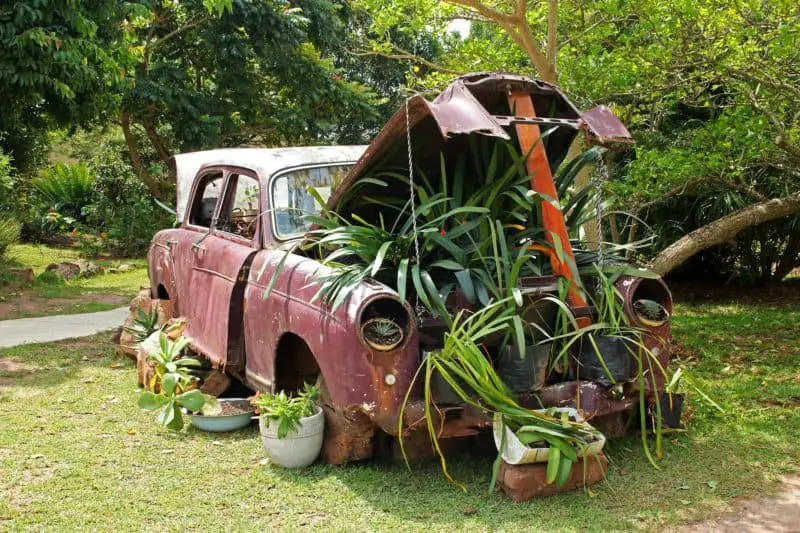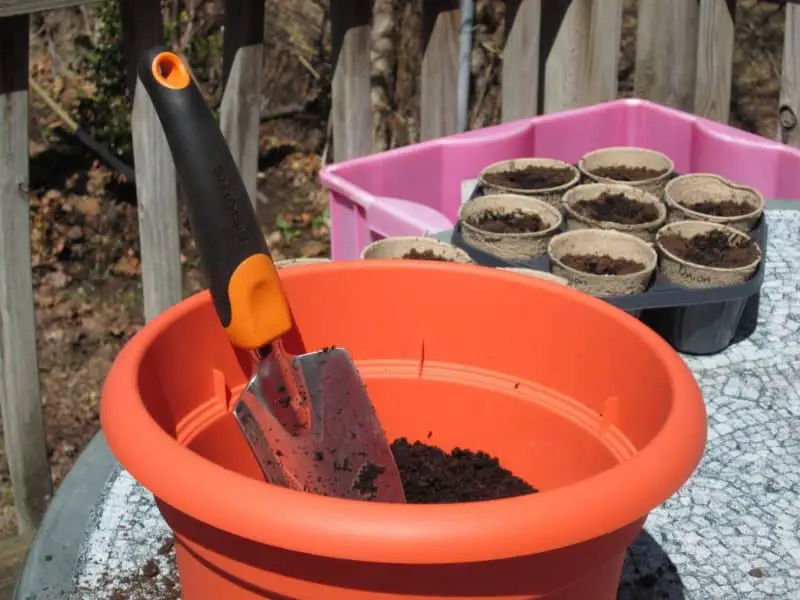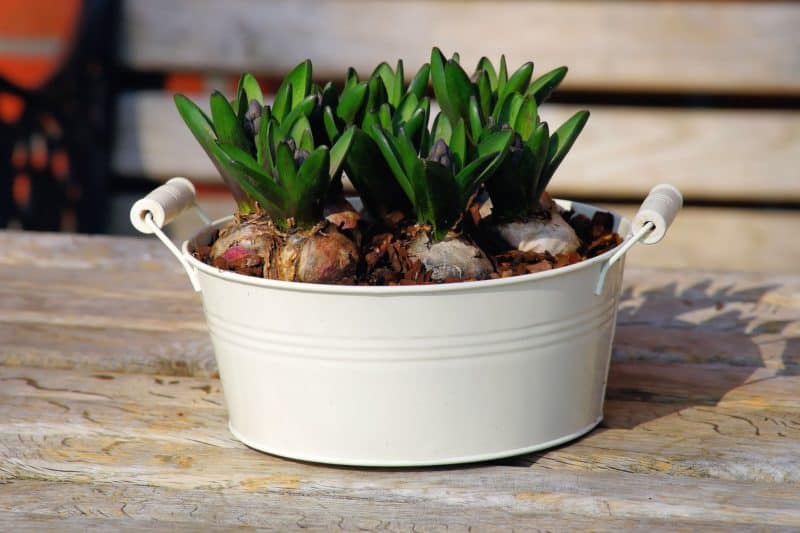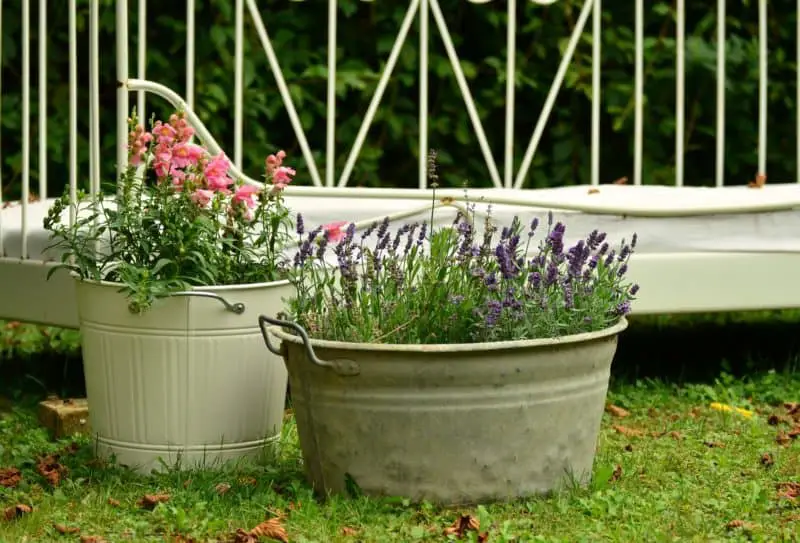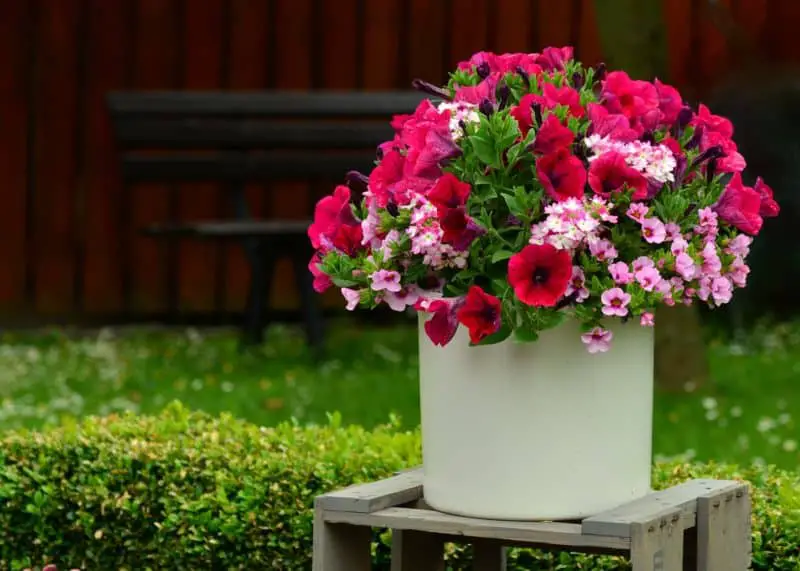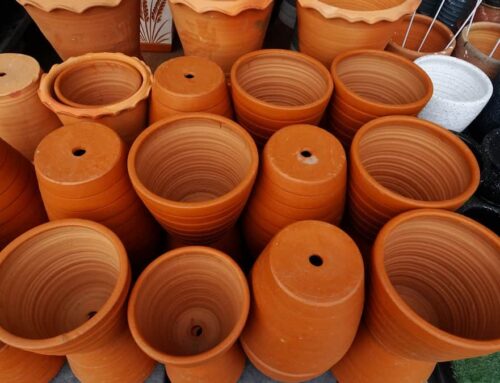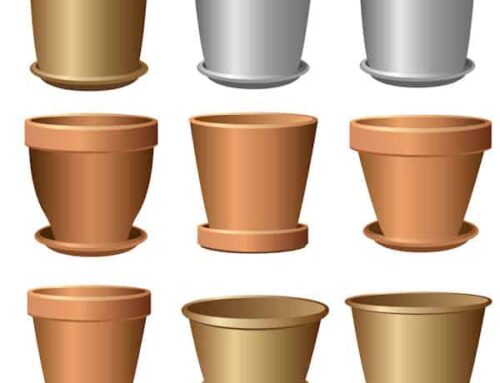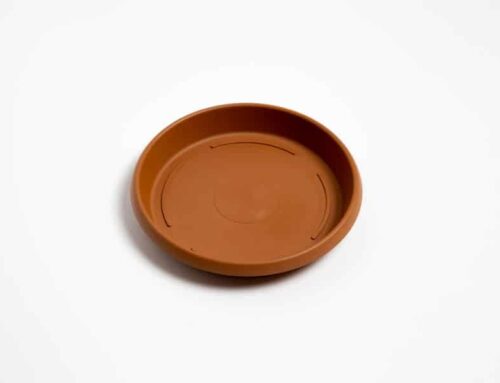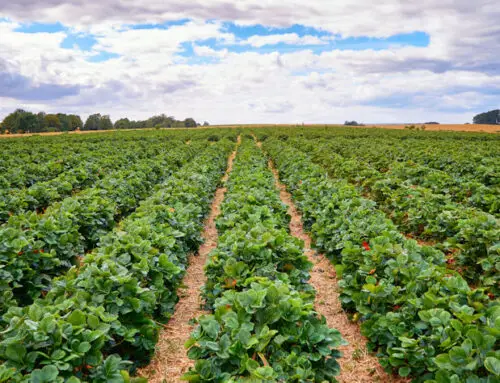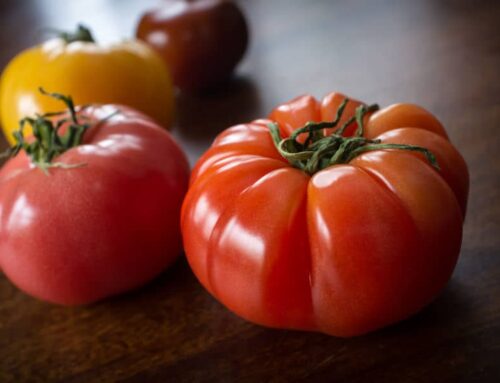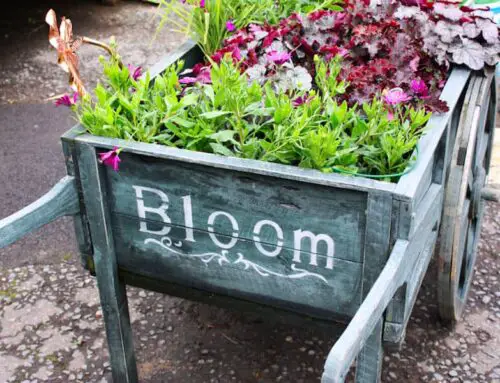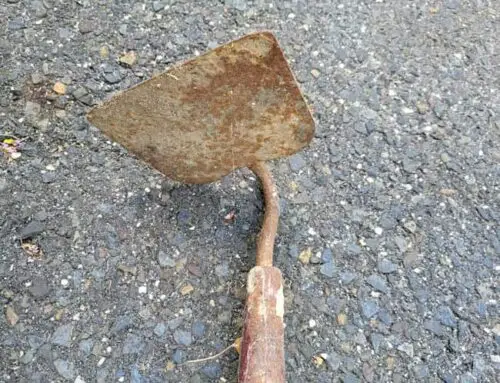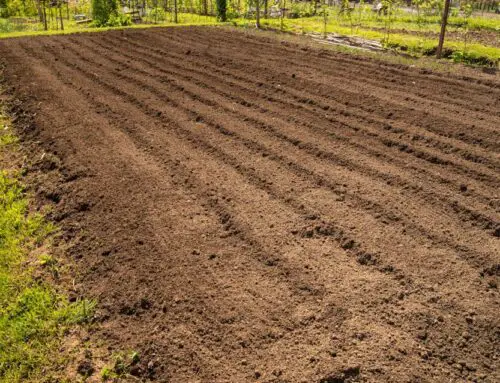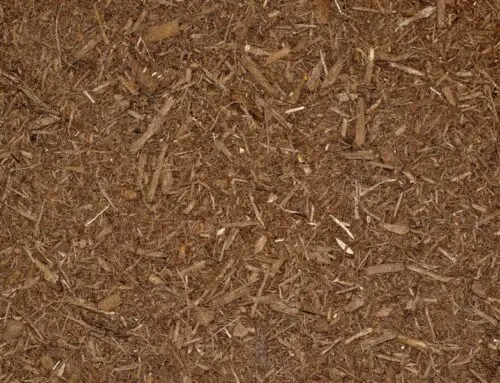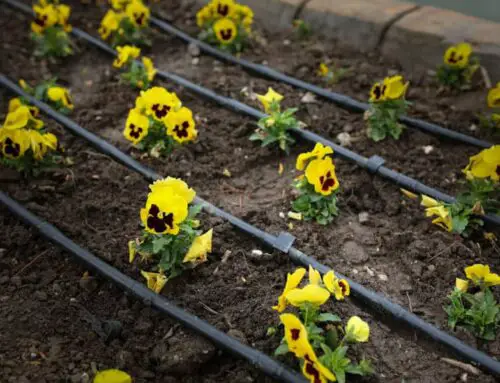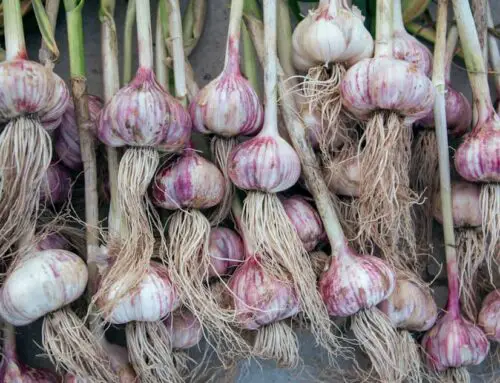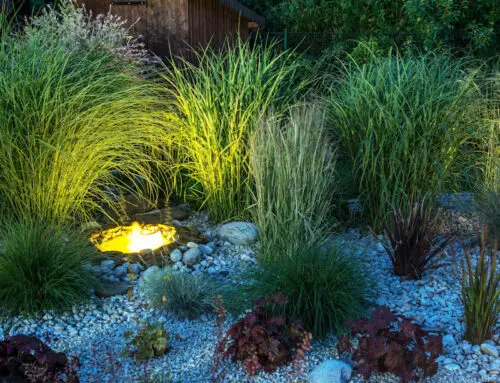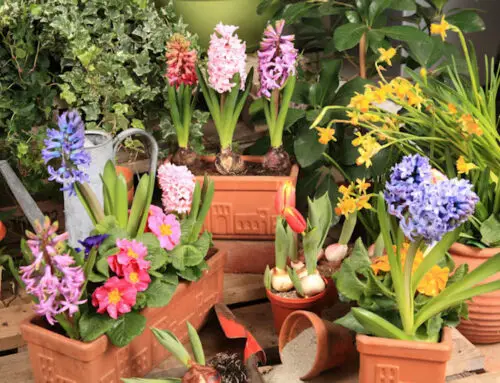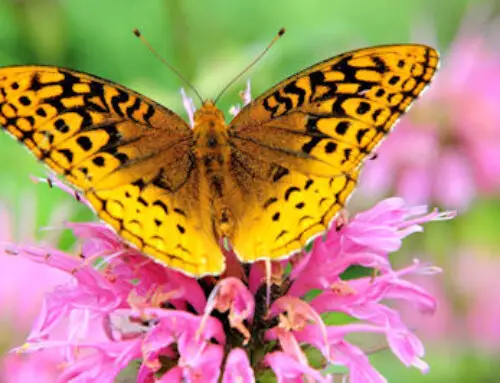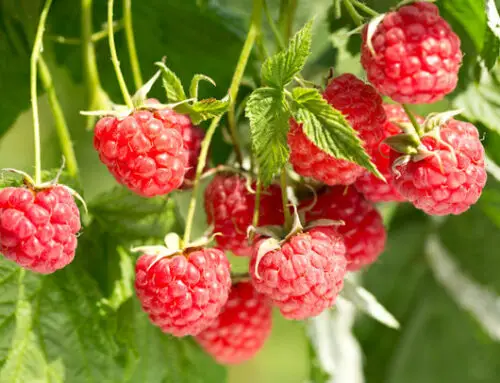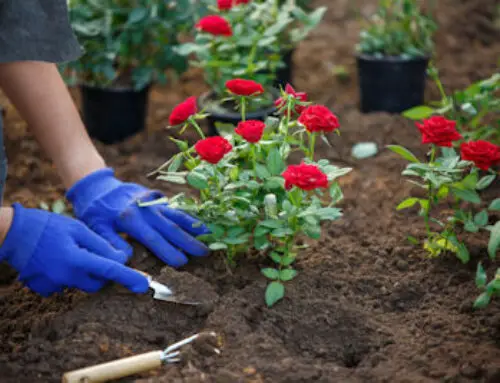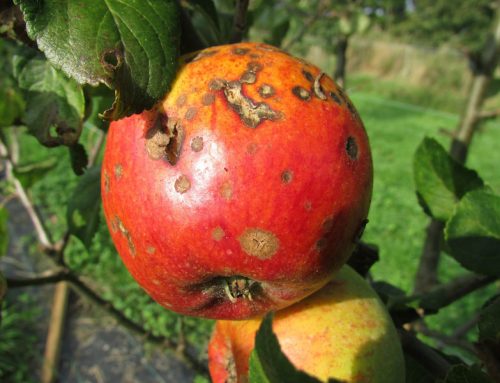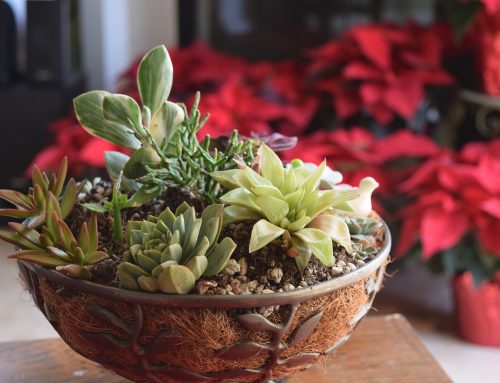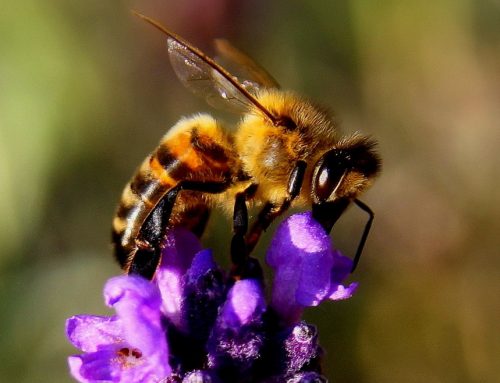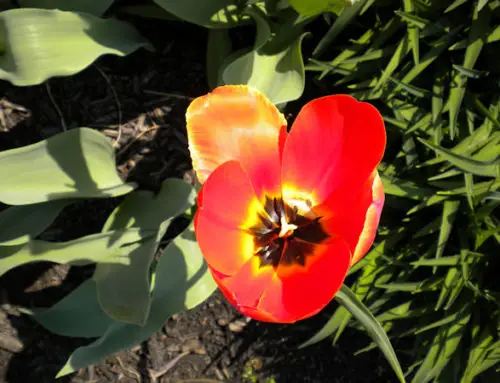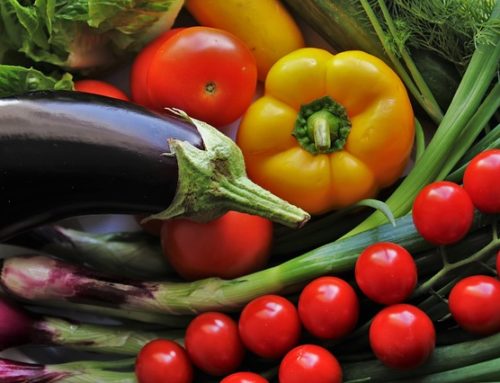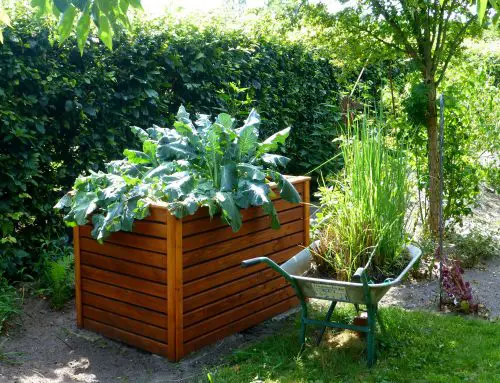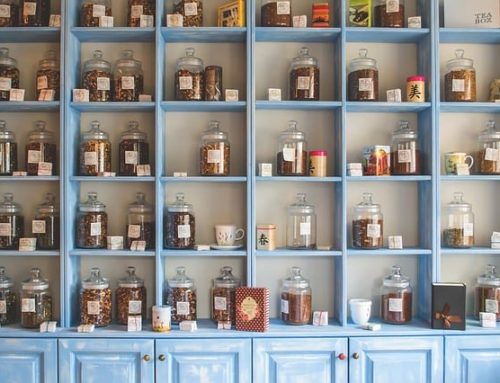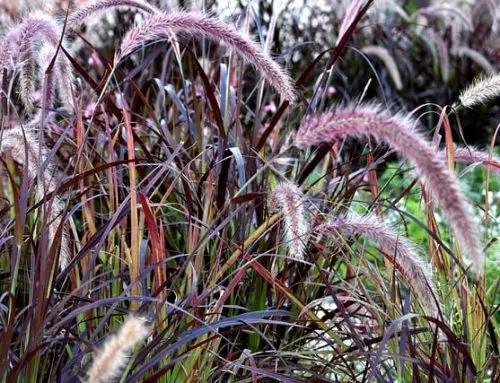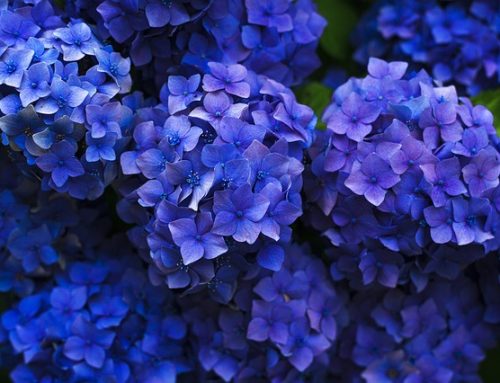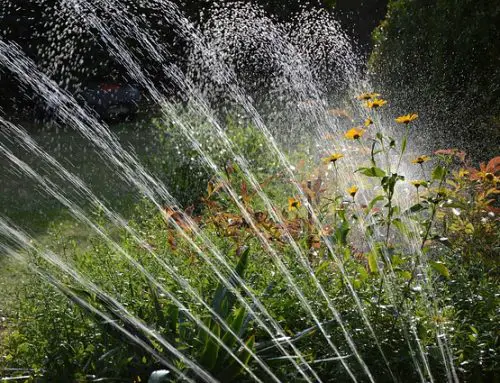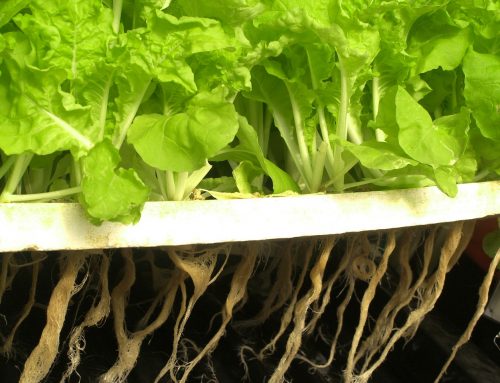Easy Container Gardening For Beginners
At one point before container gardening became popular, people thought in order to successfully grow a garden, a large yard was needed on property they owned. Rental properties, apartments, townhouses, etc. don’t provide the outdoor space and often times, the permission, to dig up a large chunk of ground to use for planting.
In the last ten or fifteen years container gardening has become a more popular, feasible solution in these limiting spaces; allowing people to grow gardens in places previously thought not allowable.
What is Container Gardening
Simply put, container gardening is the practice of growing plants – both edible and ornamental – exclusively in containers instead of planting in the ground.
Advantages and Disadvantages of Container Gardening
With many positive aspects or advantages in container gardening, it’s easy to see why it’s gaining such popularity. Even those with adequate outdoor space for a traditional garden are experimenting in container gardening. There are also some disadvantages to container gardening. Below are both the advantages and disadvantages of container gardening.
Advantages to Container Gardening:
- An easy to change configuration makes it simple to modify the layout. Even after the planting is done new containers can be quickly added, or removed. Just keep in mind plants heights and how this can affect sunlight exposure for neighboring containers.
- A big benefit of container gardening is the creativity it encourages. Many things can be used to plant in, sometimes taking a little creativity to turn an item into a planter, thus adding to the aesthetic component of a yard/patio. Mix and match a variety of heights, colors, and container materials to create a beautiful focal spot to accent your home.
- Container gardening for beginners is an excellent way for a novice to try their hand at growing their own plants. There is no permanent transformation of their lawn/yard; if the project is unsuccessful or not enjoyable, it doesn’t require reseeding a section of grass or transforming a barren section of landscape.
- It’s an excellent way to get kids and entire families involved in growing plants and vegetables. They can be involved in the process, start to finish; this can encourage them to try new foods as well.
- Growing plants in containers helps to save water. When watering plants in the ground, the water spreads out to surrounding soil and evaporates through the soil surface. Less surface area in containers means less water is needed since less is lost to the atmosphere.
- Just like water, plants grown in containers need less fertilizer/food for healthy, strong growth. When fertilizer is applied to potted plants it remains in a more concentrated area (because the water doesn’t spread to the surrounding soil), defined by the container itself. Here are some tips on choosing the best fertilizer for gardens.
- Lower incidence of weeds.
- There are fewer problems with disease when plants are grown in containers. When diseases occur they are typically noticed more quickly, and spreading is decreased between plants. It is also easier and more economical to treat one container than an entire in-ground garden.
- The mobility of containers allows more control over sun exposure. Plants can be moved during the day to follow the path of the sun, or can be moved to a slightly shaded area when sunlight becomes too intense.
- There is less trouble with pests. Typically, containers are kept closer to residential structures, decreasing the risk of animal pests grazing on tender plants. Deer, rabbits, raccoons, birds, etc. will hesitate to approach the containers as they are skittish of humans in the closer proximity. Neighboring pets will also be less likely to bother container plants.
As flexible as container gardening can be, there are some disadvantages that need to be considered when planning a project.
Disadvantages to Container Gardening:
- The cost of materials/supplies is going to be higher than traditional gardening. Containers and potting soil will need to be purchased before planting can be done. As the amount of containers planned for increases, so does the supply cost associated. You can find cheap containers and here are some ideas on how to make your garden look nice on a budget.
- Water management requires a little more attention. Containers, although they need less water overall, will dry out more quickly than the ground will because of less volume. Plants can’t spread their root systems as far, limiting access to water. See also Does a Planter Need a Base?
- Micro-environments are created within containers when used for gardening. One of the big concerns with these micro-environments is the increased soil temperatures that can be experienced. This is evident more in dark, and/or metal containers that absorb the heat from sunlight. Care needs to be taken to avoid the soil from becoming too hot and damaging the root systems.
- The size of containers is limiting. You can only grow plants that fit into the containers available, at the correct plant spacing for the species chosen. Grouping plants too closely together will restrict air movement, and limit the amount of moisture and nutrients available per plant. You can always consider repotting if you need more space.
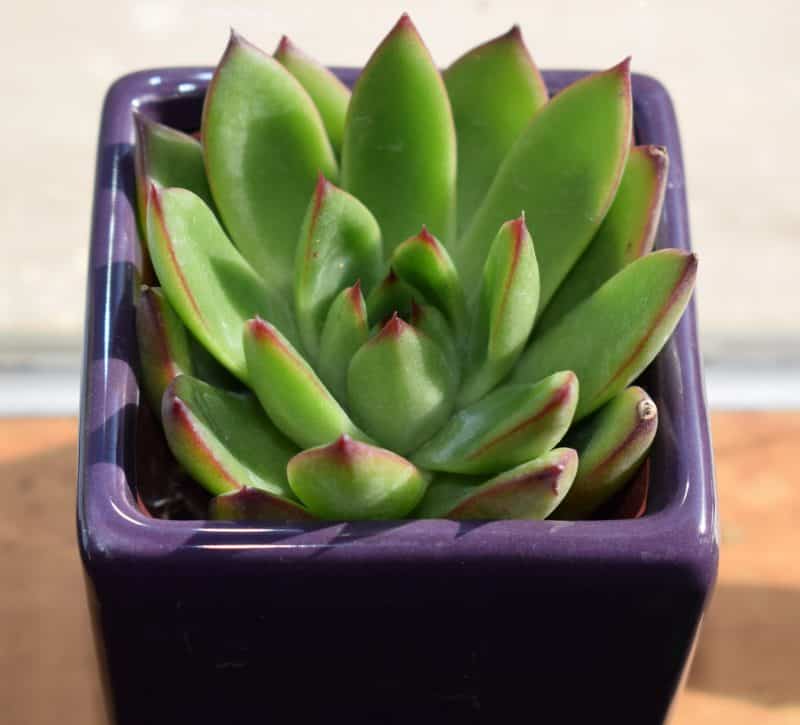
Getting Started with Container Gardening
To get started with container gardening assess the space available to work with, and determine which plants you’d like to grow. Some of the best plants for container gardening are herbs which are a good, easy starting point if there is no previous gardening experience.
These vegetables are fairly low maintenance when grown in container vegetable gardens:
- Tomatoes
- Spinach
- Lettuce
- Beans
- Eggplant
- Broccoli
- Peppers
The three below grow well in containers too but the spreading vines will need more space than upright plants:
- Squash
- Cucumbers
- Melons
You can also grow perennials and annuals if you are looking for some easy container gardening for beginners flowers to grow in pots. Once the types of plants (and quantity) are chosen the containers and potting soil can be purchased. Use the biggest pot/pots possible to keep the soil from drying out as fast.
Creative Ideas For Plant Containers
Upcycling old items (wagons, wash tubs, barrels, etc.) for use as containers is a creative way to reduce supply costs. Make sure though any items used have drainage holes, yet will adequately hold soil. If need be, line the inside of containers with newspapers to prevent soil from falling out.
When planting, keep in mind proper plant spacing to encourage optimum growth and adequate air circulation. To foster growth, water containers thoroughly as needed, keeping the soil from drying out completely.
Fertilize periodically to provide ample nutrients, continuously watch for harmful pests, and prune back tattered leaves and spent blooms to encourage new growth.
Go For It!
With a little time and effort, beginners can make container gardening easy, which can become a successful, fulfilling venture. Keeping the disadvantages in mind will help increase the chances of success and a bountiful harvest.
When container gardening is done correctly it is possible to create an artistic, aesthetically pleasing container garden that allows for flexibility while still being functional.
Not only does it add to a traditional in-ground garden, it allows people with limited space the chance to grow their own plants.

